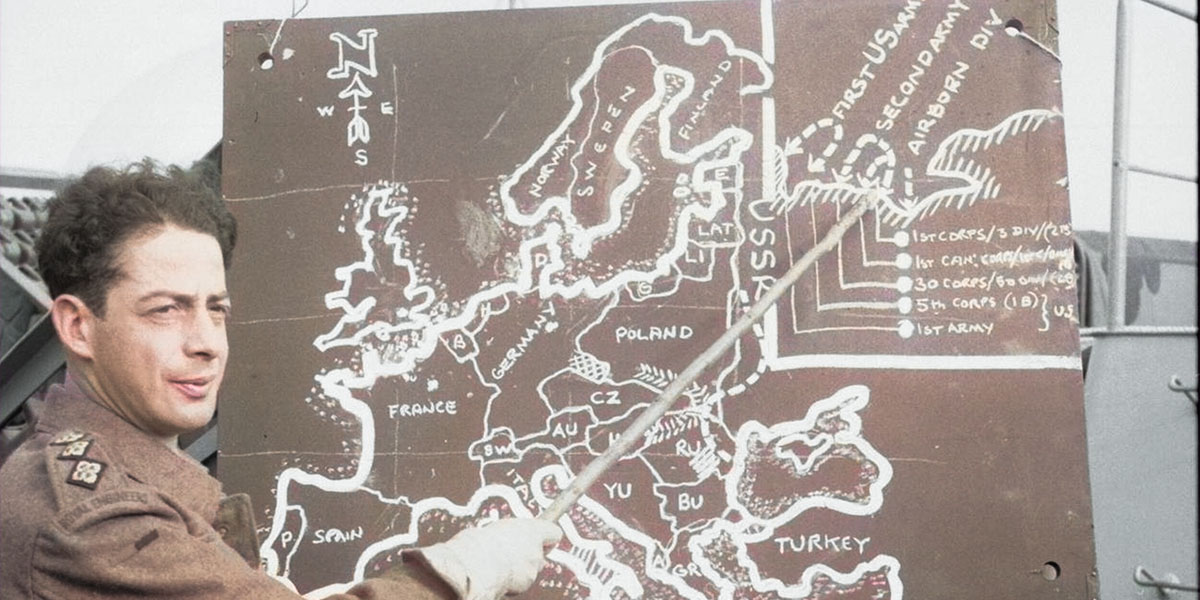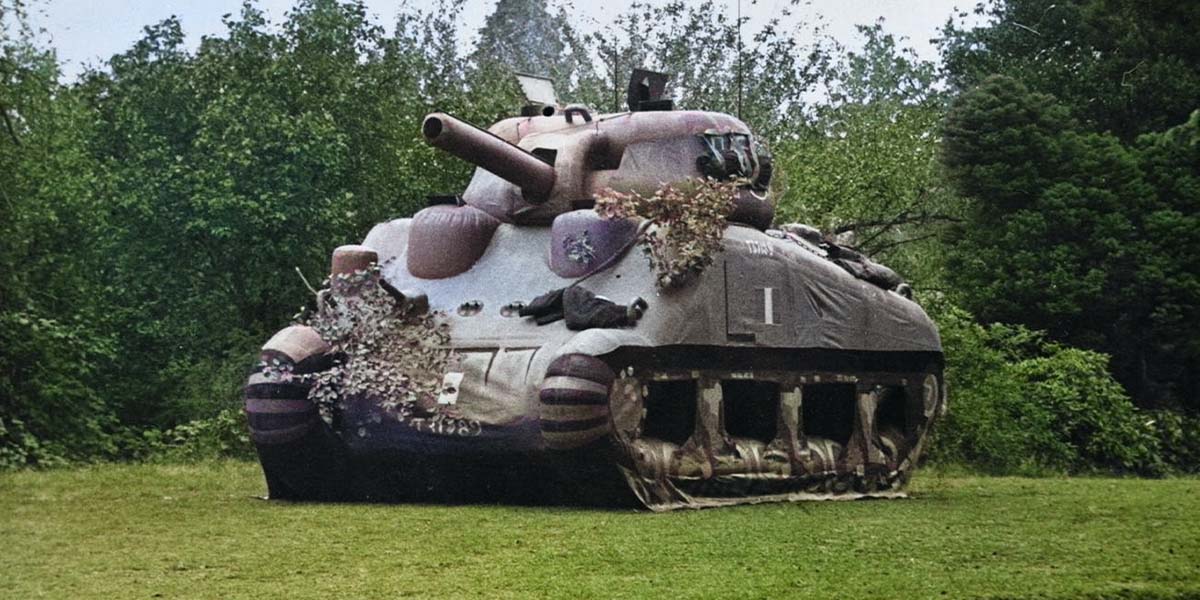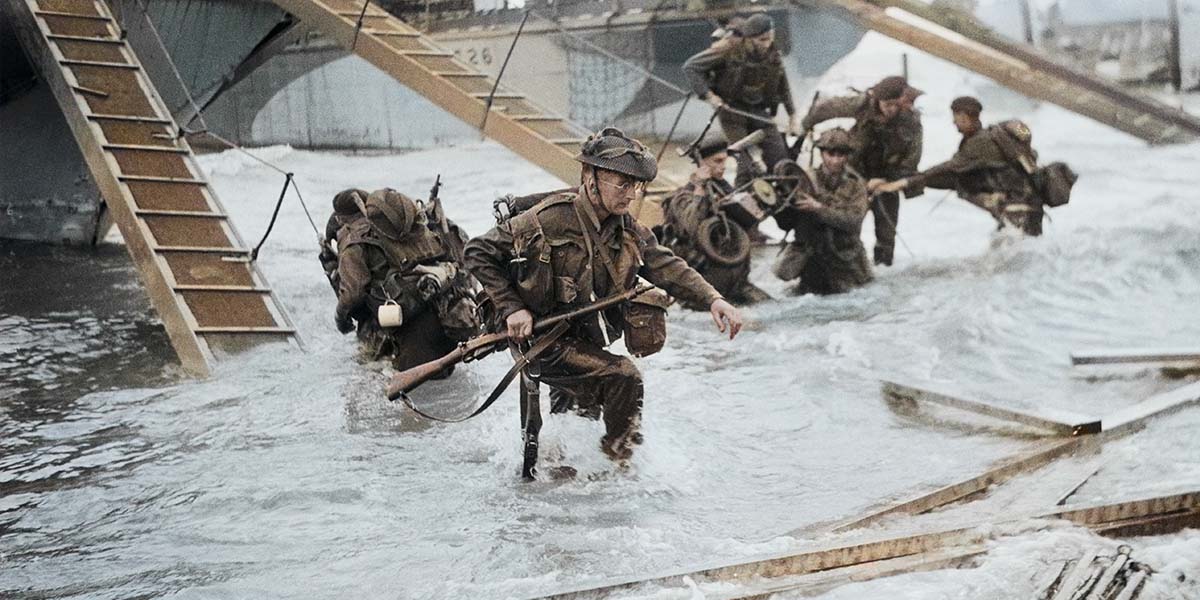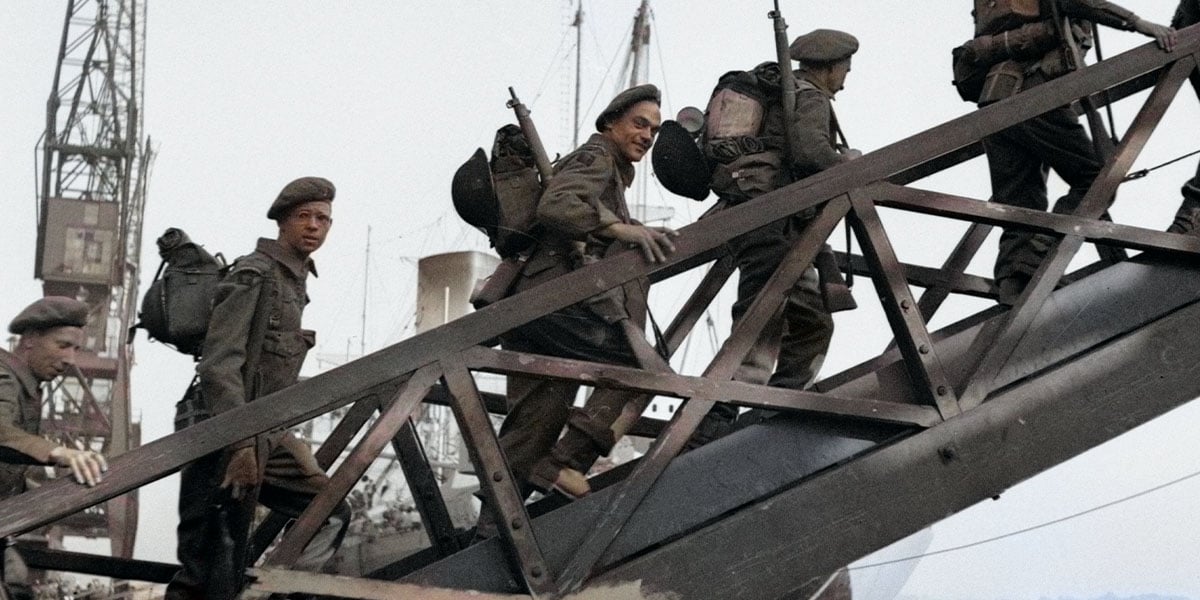In the early hours of 6 June 1944, troops from the United Kingdom, United States, Canada and other Allied nations stormed five beaches in Normandy, France, aiming to break through Hitler’s Atlantic Wall defences. Known as D-Day, this date marked the first day of Operation Overlord and the beginning of the liberation of Europe.

Operation Overlord
D-Day was a critical part of Operation Overlord, a huge military campaign designed to open a second front in the war and divide Germany’s forces. The scale of the operation entailed detailed planning, as well as a high level of coordination and secrecy.
As Europe’s fate hung in the balance, the Supreme Headquarters Allied Expeditionary Force (SHAEF) emerged as a symbol of the global coalition against Hitler’s Germany. Requiring unprecedented cooperation between international armed forces, an allyship of nations was built upon careful management of political and cultural tensions.
By 1944, more than 2 million troops from more than 12 countries had converged in the UK, readying themselves for the invasion. On D-Day, the Allied forces primarily comprised American, British and Canadian soldiers, whilst personnel from Australia, Belgium, the Netherlands, France, New Zealand, Norway and Poland provided crucial naval, air and ground support, underscoring the international nature of the operation.
Military action prior to the 6 June was critical in paving the way for D-Day. The Allies had learned vital lessons from the failed raid on Dieppe in 1942 – namely, the importance of taking out coastal gun emplacements – and from the landings at Anzio earlier in 1944, where the advantage of surprise was squandered by digging in to await German forces.

D-Day Deception
The Allied forces’ invasion of Nazi-occupied France involved the deployment of hundreds of thousands of soldiers into heavily fortified and difficult terrain. To maximise their chances of success and minimise casualties, an intricate network of deception was developed for a year before D-Day took place.
In July 1943, an undercover group of military officers, known as the London Controlling Section, initiated a large-scale deception, codenamed Bodyguard. One of the critical manoeuvres in this plan was Operation Fortitude South, which aimed to manipulate the German military into believing that the shortest and most apparent sea crossing from the UK to France for the Allied invasion would be from Dover to the Pas-de-Calais rather than Normandy.
A crucial contributor to the overall success of Operation Fortitude South was a sub-operation known as Quicksilver I, which was designed to deceive the enemy and secure the Allied landings. Quicksilver I entailed the creation of a fictitious army called the First United States Army Group (FUSAG), led by General George Patton and stationed in South East England.
Strategic measures were taken to enhance the perception of FUSAG’s presence. Hundreds of dummy tanks were made that could be easily lifted and moved as they were built of rubber and canvas. Carefully crafted dummy landing craft, constructed from scaffolding tubes, wood, canvas and empty 40- gallon barrels, were strategically placed in harbours and estuaries throughout South East England, most notably in Dover. Meanwhile, a barrage of false radio transmissions from stationary and mobile units disrupted the airwaves across southeast England. These precisely coordinated transmissions conveyed detailed information regarding FUSAG’s activities and objectives.
The success of Operation Overlord hinged on the safe and efficient transport of thousands of troops across the Channel and onto the Normandy beaches, which relied on obtaining detailed reconnaissance of the German defences along the French coast. By 1942, the sustained bombing of industrial targets had weakened Germany’s defences and forced them to divert resources away from Normandy to protect their homeland.
With air superiority on the Allies’ side, it was possible to conduct air reconnaissance whilst also controlling the sea lanes that allowed for the shipment of vital supplies from the US to the UK. Resources were stockpiled in preparation for the invasion, and troop numbers swelled. In the first half of 1944, nearly 9 million tonnes of supplies and equipment crossed the Atlantic from North America to the UK.

D-Day, 6 June 1944
The events of D-Day consisted of a massive assault covering all army divisions, including navy, air and land, which resulted in the largest amphibious attack ever mounted. The mission was to land Allied soldiers across five beaches, namely Sword, Juno, Gold, Omaha and Utah, whilst British and American paratrooper and glider forces landed some way inland. The aim was for the troops at each beach to link up and establish a beachhead to help more troops land and push into Normandy then further into France.
Operation Neptune, the codename for the naval assault phase, was a massive endeavour that involved an impressive naval fleet comprising 6,939 vessels, including 1,213 maritime combat ships, 4,126 landing ships and craft, 736 ancillary craft and 864 merchant vessels. On the day of the Normandy landings, 11,590 Allied aircraft were on hand to offer support and flew 14,674 sorties. The airborne landings on the flanks of the beaches were carried out by 2,395 aircraft and 867 gliders from the Royal Air Force (RAF) and United States Army Air Forces (USAAF).
Airborne troops led the initial assault and landed in the face of heavy opposition. Despite suffering many casualties, the American 82nd and 101st Airborne Divisions successfully secured their objectives in a flooded zone at the base of the Cotentin Peninsula. Meanwhile, the British 6th Airborne Division quickly captured their objectives in an unflooded zone at the eastern end, including critical bridges over the Caen Canal and Orne River.
As the seaborne units began to land around 6.30am, the British and Canadians faced minimal resistance on Gold, Juno and Sword beach. The Americans in Utah also made quick progress. However, the US 1st Division at Omaha beach encountered fierce resistance from the German army behind the Atlantic Wall of defences and faced the risk of failure during the morning. Due to the leaders’ dedication and the determination of the soldiers on the ground, the forces were eventually able to push inland.

Remembering those who Served
As the Second World War slips from living memory, the need to preserve the stories of those who fought for freedom becomes more important. To commemorate the landmark 80th anniversary of D-Day and pay tribute to those who served, we have crafted a UK coin featuring a reverse design created by artist David Lawrence. The design shows British troops disembarking from assault craft and heading for shore. We hope to honour the courage, sacrifice and determination of the thousands who stormed the Normandy beaches and changed the course of the Second World War.
MARKING HISTORIC MOMENTS
Imperial War Museums records and tells the stories of those who have lived,
fought and died in conflict since 1914. © IWM
With thanks to Imperial War Museums for their assistance in this project.
